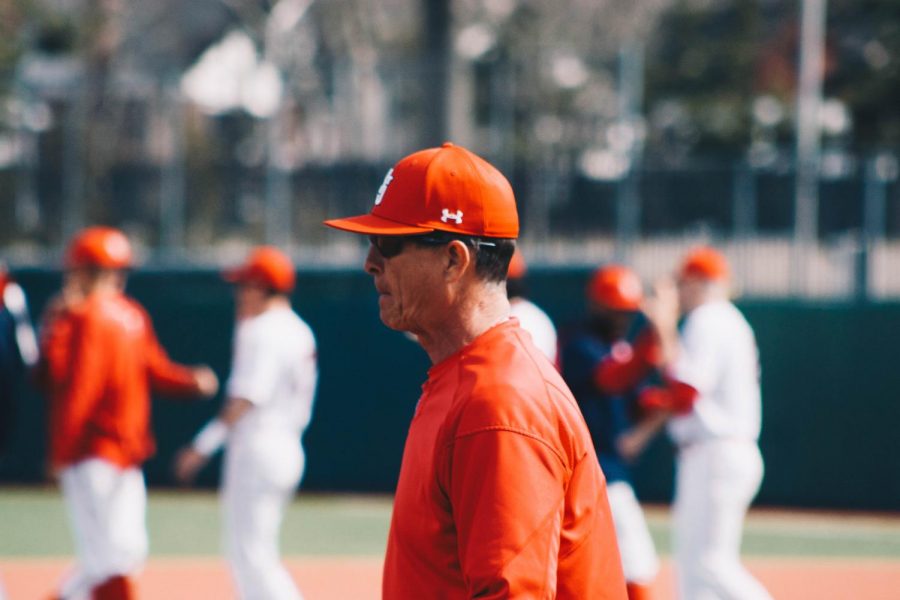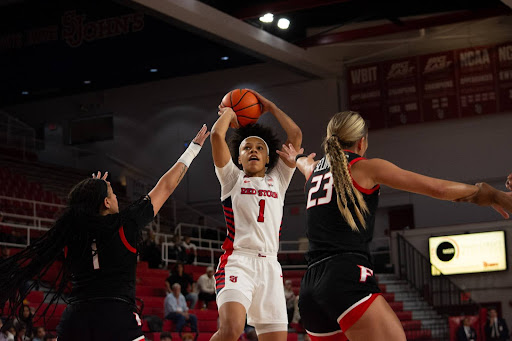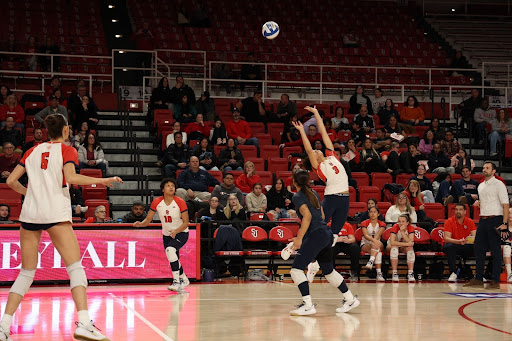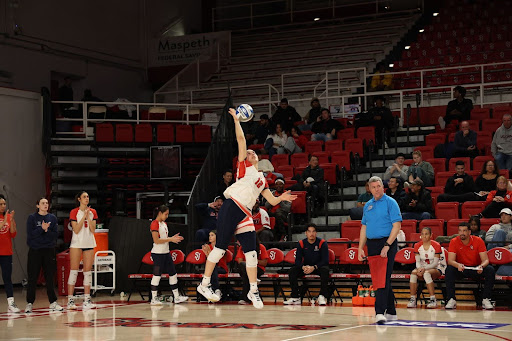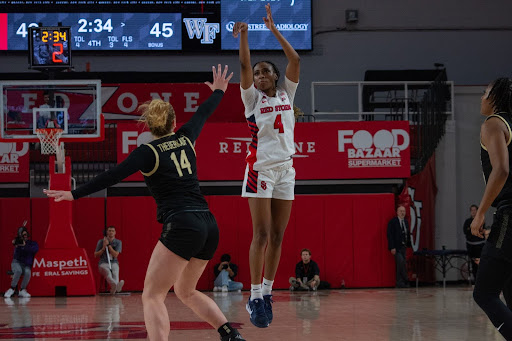Even as the autumn air creeps into New York, it’s easy to ignore the signs of a lingering summer. Inside Jack Kaiser Stadium, for example, there is baseball. Cutting through the dwindling afternoon sun is the game in its most raw and indifferent state. Like Christmas in July, except it’s Pitcher Fielding Practice in October.
There isn’t much to it. A dropped pop-up here, a missed cut-off there. But with five full months until the start of the new season, the time to tweak is now.
“We’re in a learning phase,” St. John’s Head Coach Ed Blankmeyer said after a recent fall workout. “This week started our team phase, where we have to start implementing what we do offensively and defensively to try and get this group to understand how we play.”
“We’re trying to make them as fundamentally sound as possible,” he added.
Outfielders ditched their gloves for helmets and a pick-off drill. They ran the bases after a mechanism that can only be aptly described as a ball-launcher which chased them up the gaps for the previous hour. It seems mundane, but, as Blankmeyer put it, fundamental.
Hidden beyond the right-field wall, pitchers continued their offseason work in the bullpen. Baseball seasons, often start somewhere warm, like in Florida or California for example. At a disadvantage are the visiting northeast pitchers, who lose precious weeks of training to cold weather and later starts to spring semesters. This gives these fall mini-camps a chance to keep the pace before the bitterness of January strikes.
There might be a new way to tighten the gap. Last month, St. John’s started using a Rapsodo camera to capture bullpen sessions. Positioned behind the catcher, the device uses high-resolution tracking to measure a range of metrics relevant to pitch shape, spin and velocity and displays the information within seconds on a connected device.
Pitching is more than balls and strikes the difference between a flamethrower and a flameout can be degrees of spin axis. Rapsodo aims to demonstrate the intricacies of the relationship between ball and pitcher. Complex as it may be, it is manipulation that differentiates a riding fastball for strike three from a hanging slider in the heart of the plate.
“A guy might be throwing what he calls his curveball,” St. John’s pitching coach George Brown explained, “But the spin, what [the Rapsodo] is telling us, is that it’s actually a slider. So, if you want an up-and-down breaking ball, you need to first change either your grip or your mindset.”
What used to be guesswork can now be pragmatic. Suggestions become application of comprehensive evidence, which doesn’t minimize the importance of traditional coaching. Tracking technology provides the launch point, after which the coach can work with the player to develop strategy. Through that collaboration, breeds improved grip and optimized pitch sequencing with proper tunneling (or the making of different pitch types indiscriminate to the batter) of an arsenal. All of this works to amplify deception and, ultimately, improve results.
“Some of the data we’ve gotten so far is really interesting and illuminating,” Brown said, “Talking about the different break of the pitches and the way balls are moving.”
But data doesn’t have a unilateral interpretation. What’s worth changing in one pitcher won’t necessarily work with another, especially if it’s only because the Rapsodo says it should. Different people respond to different methods of instruction, something Brown keeps in mind as he familiarizes himself and his players with the new technology. It boils down to execution and the staff rolling with what’s hot.
“If it tells us we should change a guy but he’s getting good results, and the data [can’t see that], we’d have to make a decision as to which way to go,” he said. “That being said, we probably want to lean on what’s making a guy successful.”


